India is a country full of vibrant colours, rich heritage, and diverse landscapes that captivate culture lovers and tourists. Stretching from the Himalayas to the Deccan Plateau, its beauty is undeniable. Mark Twain once said that India is the cradle of the human race, the birthplace of human speech, the mother of history, the grandmother of legend, and the great-grandmother of tradition. Located in South Asia, India has a population of nearly 1.45 billion people and is the world’s largest democracy, offering countless fascinating facts and activities.
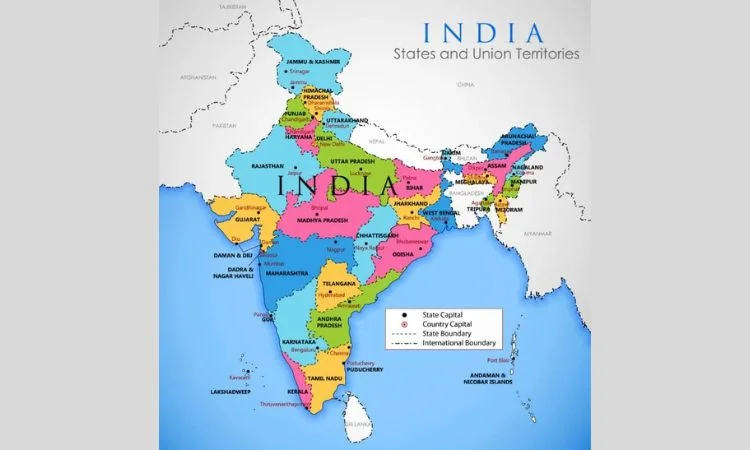
The List Of Top 10 Interesting Facts About India
| S.No | Fact Title |
| 1 | Varanasi: The World’s Oldest City |
| 2 | India’s Diamond Legacy |
| 3 | Sacred Cows |
| 4 | Vegetarian Haven: Plant-Based Population |
| 5 | Snakes and Ladders |
| 6 | Billionaire Central: India’s Growing Wealth |
| 7 | Hinduism: Major Religion as the Oldest in the World |
| 8 | Spice Central: India’s Arrogance of Aromatics |
| 9 | Magnetic Hill: Defying Gravity in Ladakh |
| 10 | Roopkund |
1. Varanasi: The World’s Oldest City or the Worlds’ Oldest Surviving City
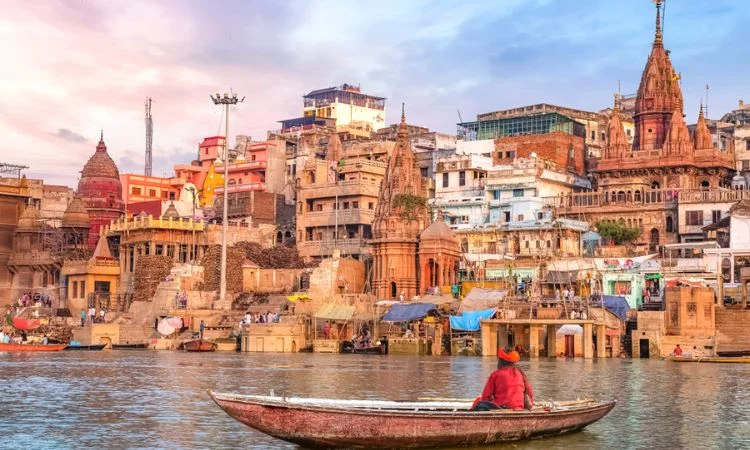
Source: Google Images
The first destination leads us to the Sanctity and World Heritage Site on the banks of sacred river Ganges that is Varanasi – the heartland of Indian civilization. In addition to being famously called Banaras, the place is also known as Kashi and is globally accredited with being the world’s oldest city in terms of continual habitation.
Key points about Varanasi:
– Found in North-central India in a state known as Uttar Pradesh
– Being a popular Hindu shrine, it displays the pristine Hindu culture and sends people on a spiritual high.
– Is the location of over 100 ghats locally known as steps to the riverfront
– Cremation is an important and popular activity on Manikarnika Ghat.
It was Mark Twain who befittingly said that Varanasi was older than history, older than tradition, older even than legend, and that looks twice as old as all of them put together. This is the oldest living city in the world where cultural life pulsates to this day.
2. India’s Diamond Legacy: The First People to Seek Diamond

Source: Google Images
When people hear the term diamonds today, Russia or South Africa in all likelihood will be conjured up. However, for more than a thousand years India was the only country in the whole world to supply these stones.
India’s diamond history:
– Originally discovered and mined in the 4th century BC in a country.
– Official supplier of diamonds for more than one thousand years
– The sources of diamonds were obtained through mining from the Krishna Nagar Delta.
– Notable diamond-producing regions: Panna district of Madhya Pradesh, Golconda district of Andhra Pradesh and Mahasamund of Chhattisgarh.
Despite the fact that today India does not occupy the place of the first diamond producer in the world, it can be considered the leader in diamond cutting. Up to now, the value of gemstones can still be seen Among the Culture to the jewelry industry as well as the recorded practices in the Country.
3. Sacred Cows
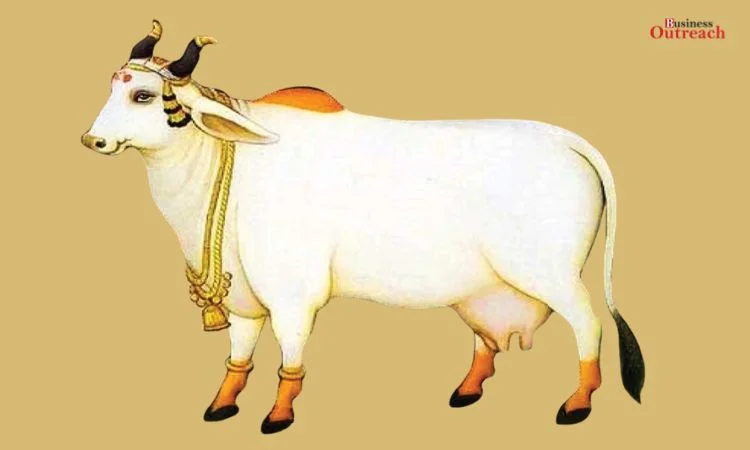
Another rather specific feature of Indian traditions that is rather peculiar to Indians is the dignified view of the cows and other cattle in general. It is a common practice that usually comes as a shock to the guests and is a true reflection of India’s culture that is highly influenced by spirituality.
Why cows are sacred in India:
– Traditional actually goes up to the 4th century BC.
– Related to Lord Krishna usually illustrated as a cow-herd
– These issues show that all the products that originate from cows like milk, curd and ghee are considered as being of great value.
– Hence, there are countless gaushalas or cow shelters in different parts of the country.
Here manifests the importance of this cultural practice in the daily life of the Indian people since it affects even such aspects as traffic organization or diets. This is quite typical of the ancient and post-ancient epoch of Indian history that heavily influenced modern society.
4. Vegetarian Haven: Plant-Based Population of India
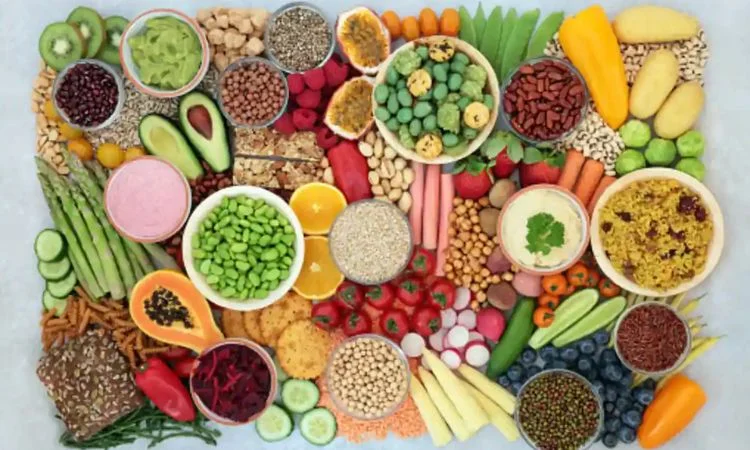
Source: Google Images
As will be duly noted India has the greatest number of vegetarians in the world, a fact explained by the country’s respect for animal life. This type of diet is widely connected with the religious and cultural systems of food consumption.
India’s vegetarian culture:
– Data suggests that a general population over 81% of adults has been found to be flexitarian, that is, abstains from meat occasionally.
– It has been identified that religious factors such as Hindu, Jain and Buddhism are essential (Schwartz 2001).
– Currently, a third of the foreign food service outlets have provision for vegetarianism in India
– Many delectable vegetarian preparations are there in Indian cuisine.
From the growers’ perspective it means an increased appreciation for savoury vegetarian dishes by foreigners across the country. This reminds even the carnivores that creativity and the variety of vegetable dishes are the cornerstone of Indian cuisine.
5. Snakes and Ladders

Source: Google Images
There is little doubt that most people have enjoyed a game of Snakes and Ladders at some point in their childhood; however, few know that the sport that they enjoyed was actually created in ancient India.
The history of Snakes and Ladders:
– The journal was originally called Mokshapat or Moksha Patamu.
– Originates back from at least the second century BC though some traditions put it as early as the thirteenth century BC.
– This cartoon was developed based on concepts such as morality and consequences, as well as greed and lust.
– A practice that was brought to the Western countries by the British colonial masters.
The described game is a rather simplistic but certainly stimulating and thought-provoking case of showing how the Indian ideas and inventions have travelled round the world, and are often unnoticed as such.
6. Billionaire Central: India’s Growing Wealth

Source: Google Images
India still has many economic problems but at the same time it today hosts a great number of billionaires, proving that the Indian economy is growing and people are trying to become businessmen.
India’s billionaire facts:
– Third largest concentration of billionaires of any country in the world after the US and China
– There are more than a hundred and forty billionaires as of the year 2023.
– Current most successful Indian billionaires are Mukesh Ambani, Gautam Adani, Shiv Nadar.
– Combines old economy and new technology startups
The super-rich population is expanding and this new class is putting a new face on India’s economic destiny as well as amping up the nation’s international financial muscle.
7. Hinduism: Major Religion as the Oldest in the World
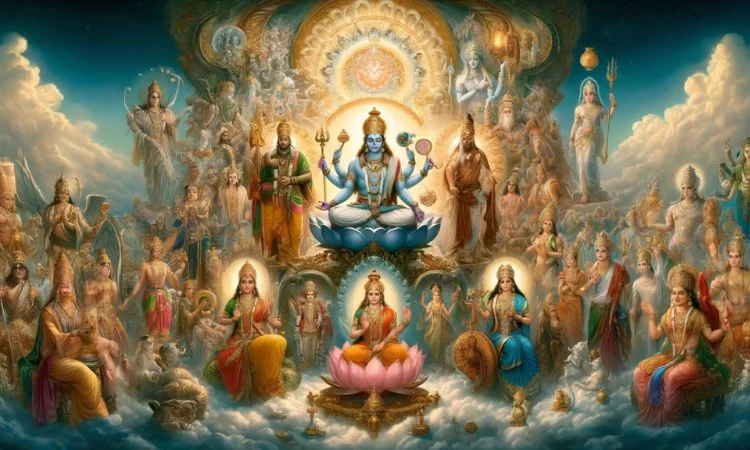
Source: Google Images
India is home to numerous powerful religions of the world but the religion that originates erstwhile in India is Hinduism which is still practised widely in India.
Key facts about Hinduism in India:
– Over 966. About three million Hindus in India with the 2011 Census.
– It accounts for 94 percent of the world’s total Hindus.
– It has been recorded to have been started more than 5000 years ago.
– No longer controlled by a single founder; it has its root from the Vedic tradition.
It proves to be vital in comprehending the Indians, their culture, art forms, and the structure of their society. It seems to be a part of the society’s way of living since it is practised in people’s daily practices, as well as in the major festivals that are celebrated in the country.
8. Spice Central: India’s Arrogance of Aromatics
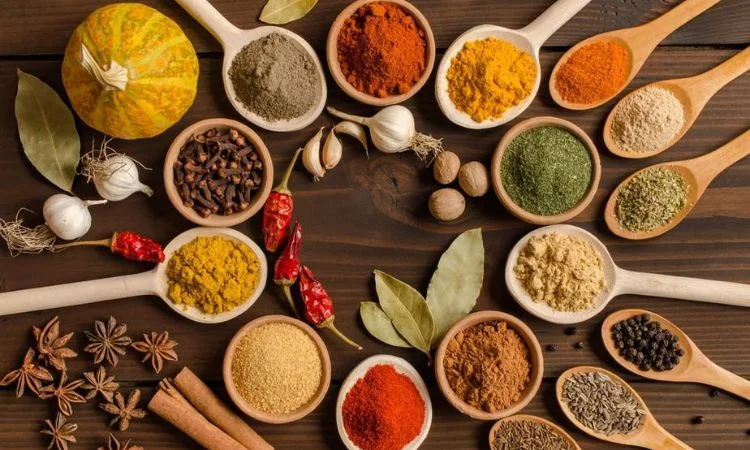
Source: Google Images
India indeed is a land of spices, and flavour is the characteristic that best describes this country’s dishes. The role of this country in the exportation of spices worldwide cannot be overemphasised as the figures are mouth watering.
India’s spice supremacy:
– Ostensibly, it provides over 70 percent of the global spice types.
– Non-energy producing country that uses spics in the highest quantities in the world
– Cardamom Shire, Cinnamon country, The saffron country, The turmeric country and many more .
– Spices have been identified as vital in traditional medicine which is scientifically known as ayurveda.
For the gourmets and the lover of food and their never-ending social experiments, India is a heaven to explore. Spice markets such as New Delhi’s Khari Baoli are sensory overloads that one should not skip.
9. Magnetic Hill: Defying Gravity in Ladakh
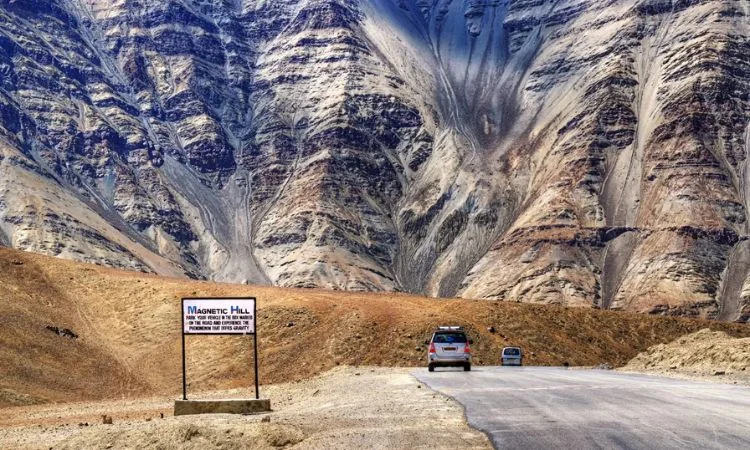
Source: Google Images
India has nature’s treasures which are unbelievable but until you get to see them, you feel they are a myth, and one of them is the Magnetic Hill in Leh, Ladakh. This place looks as if it breaks physics’ rules; it is one of the most stunning and popular optical illusions in the area.
About Magnetic Hill:
– Saspol is situated at a distance of 30 kms from Leh on the Leh-Kargil highway.
– Many a time, when the vehicle is in neutral gear, the vehicle seems as though they are rolling uphill.
– It might have been due to a powerful attraction of magnetic nature or due to a mirage.
– It is recommended for use during July, August, September and October if one is to get the best of such a facility.
Whether or not this is the actual work of magnetism or the optical illusion, Magnetic Hill is one of India’s most abounding enigmas that deserve a visit.
10. Roopkund
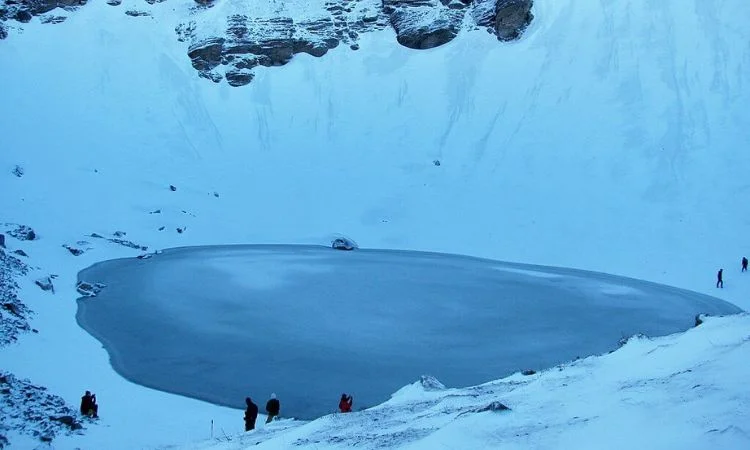
Source: Google Images
Interesting facts bring us up to the Himalayas, to a small glacial lake and something steeped in death. Roopkund or the Skeleton Lake is another place where one can see the Himalayan skeletons of several hundred people, including children.
Roopkund facts:
– Sitting at a height of 16, 499 feet above the sea level in the state of Uttarakhand
– It lies on Batu in Sumatra and was found in 1942 by a British forestry officer.
– Some of them have been described to be over 1200 years old in terms of the date of their skeletons.
– According to theories, deaths from a hailstorm are Usually it is believed to result from a hailstorm.
The Roopkund trek is a strenuous one that lasts between 5 to 7 days and covers a distance of 53 km and is a famous trek among trekkers and mystery lovers.
Conclusion
Beginning with the historic city of Varanasi and up to the ineluctable mystery of Roopkund, India remains to be an astonishing country to the experienced tourists. With this said, these ten facts only give you an idea of the marvel that this country is all about. Regardless of whether one is fascinated by the historical, cultural, and geographical attractions, or scientific and calendar progress, one is certain to be in for an eye opener in India.
While preparing for your trip to India or if you are a layman willing to understand more about this country, know that each piece of information, each tale is a starting point. India is complex and seems to have paradoxes in every aspect – this is what makes it interesting to dig deeper and see traditions, inventions, and people who are hiding behind some curtains.















